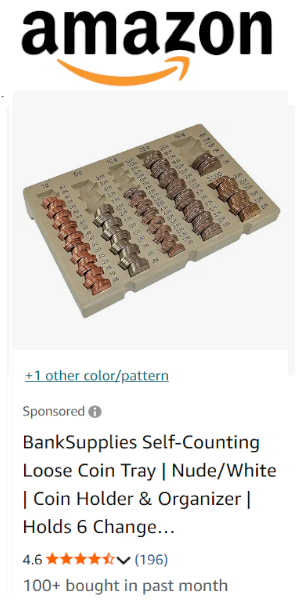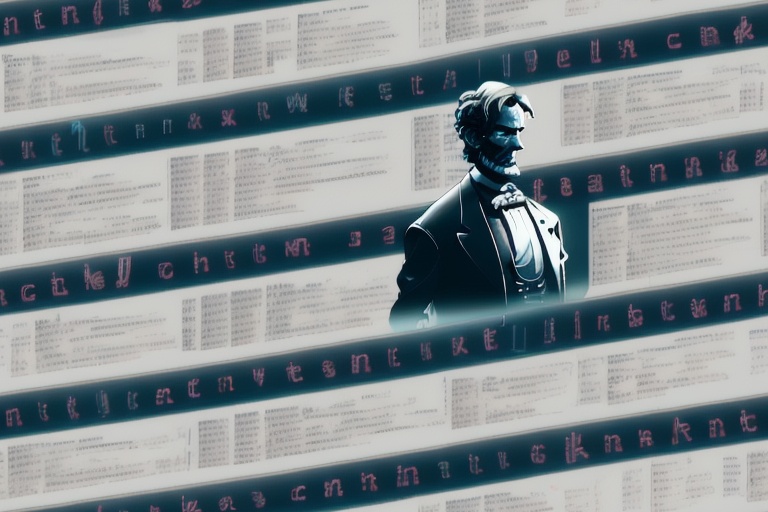Coin collecting is a pursuit that is steeped in history and driven by a deep passion for the artwork and the storytelling engraved on each and every piece of currency. It's a field that combines numismatic knowledge with the thrill of the hunt, as collectors seek to add rarities or uniquely significant coins to their treasuries. As a collector and dealer, I understand the complexities of coin values and have honed an appreciation for the importance of accurate terminology. It is this unique language that enables us to share detailed, precise descriptions of coins and their conditions to novices and fellow aficionados alike.
Coin collecting is a pursuit that is steeped in history and driven by a deep passion for the artwork and the storytelling engraved on each and every piece of currency. It's a field that combines numismatic knowledge with the thrill of the hunt, as collectors seek to add rarities or uniquely significant coins to their treasuries. As a collector and dealer, I understand the complexities of coin values and have honed an appreciation for the importance of accurate terminology. It is this unique language that enables us to share detailed, precise descriptions of coins and their conditions to novices and fellow aficionados alike.
The Nuances of Numismatic Language
Language, in any field, evolves to meet the changing landscape and emerging concepts that it must convey. Coin collecting is no exception. As we encounter coins with unique characteristics from different mintages and time periods, there are times when existing terms simply do not suffice. We then enter the domain of creating new terminology, also known as 'coining terms.'
These coined terms or neologisms are an amalgamation of existing words, borrowing from other languages, or a complete innovation to appropriately tag an attribute or trait that earlier nomenclature could not capture. The precision of language is particularly paramount in coin collecting, as misinterpretation can lead to significant misunderstandings in terms of valuation and historical importance.
The Complexity of Coining Terms
The creation of new terms is not an endeavor to take lightly. It requires meticulous analysis of the subject, the cultural context, and the adaptability of language. Coin translators, experts, and technical writers often team up in this linguistic alchemy to birth new terms that encapsulate unique numismatic concepts.
Semantic Change
One of the primary methods for coining terms is through semantic change. This technique reassigns meaning to an established term. The benefit of this approach is twofold – it maintains linguistic continuity and aids in succinctly conveying alterations in a coin's classification or attributes.
Morphological Change
Another approach is morphological change, where lexical elements of an existing term are modified to formulate a new word. This method is indispensable when needing to concisely describe a feature unique to a specific coin without disrupting the conversational flow.
Conversion
Conversion, the practice of shifting a word’s part of speech, is another tactic. By adjusting the grammatical function, terminology can adapt more fluidly to the numismatic context, ensuring clarity and precision.
Borrowing from Other Languages
Lastly, borrowing from various languages, or loanword neology, is a standard practice for establishing terms that lack an English equivalent. Terms can be grouped into necessity loanwords, which address a gap, and luxury loanwords, which enrich the numismatic vernacular. This interlingual exchange enriches the descriptive capabilities of numismatic jargon and facilitates cross-cultural coin analysis.
Crafting and Curating Numismatic Vocabulary
The development and management of numismatic terminology is not merely about lexical creativity but also about fostering an effective communication network within the numismatic community. With the field continually expanding and intersecting with areas such as information technology, introducing new terms is both inevitable and vital to sustain the community's dynamic and evolving nature.
Esteemed terminology expert Robert Dubuc suggested a structured framework comprising semantic change, morphological change, conversion, and borrowing, all of which guide experts in crafting a coherent and versatile numismatic lexicon.
Organizations such as the International Organization for Standardization (ISO) set criteria for term creation, emphasizing principles like transparency, consistency, linguistic economy, and a preference for native language to establish uniformity. This structured approach aids numismatists globally in achieving mutual understanding and shared knowledge.
Advanced Resources for Numismatists
For those eager to dive deeper into the intricacies of numismatic terminology, a wealth of resources exists. The ISO International Standard 704 outlines foundational principles, while Pavel's term creation section further breaks down semantic and morphological changes. Websites like Wikipedia serve as a starting point for learning about word formation.
For an in-depth look at the ISO 704 process, Bik Terminology's blog is invaluable, providing nuanced perspectives specific to numismatic term creation. Books such as "Neologia e Terminologia" by Margarita Correia and "Towards a New Approach to the Study of Neology" by Teresa Cabré and Rogelio Nazar, offer comprehensive scholarly insights.
The Significance of Coin Terminology
Understanding the importance of accurate terminology in coin collecting cannot be overstated. From facilitating precise communication to ensuring accurate evaluations, the language we use lays the foundation of our practice. Whether through trade, exhibition, or academic study, numismatists rely on a shared lexicon to articulate the unique history and value encapsulated in each coin.
As technology progresses and cultures intermingle, the numismatic field will continue to embrace new terms. These terms will reflect the diversity of our collections and the depth of our appreciation for the coins we hold. So, as we encounter new numismatic terminology, let's remember the thoughtfulness and expertise poured into each term, enhancing our shared language and enriching our communal understanding.
Information for this article was gathered from the following source.


